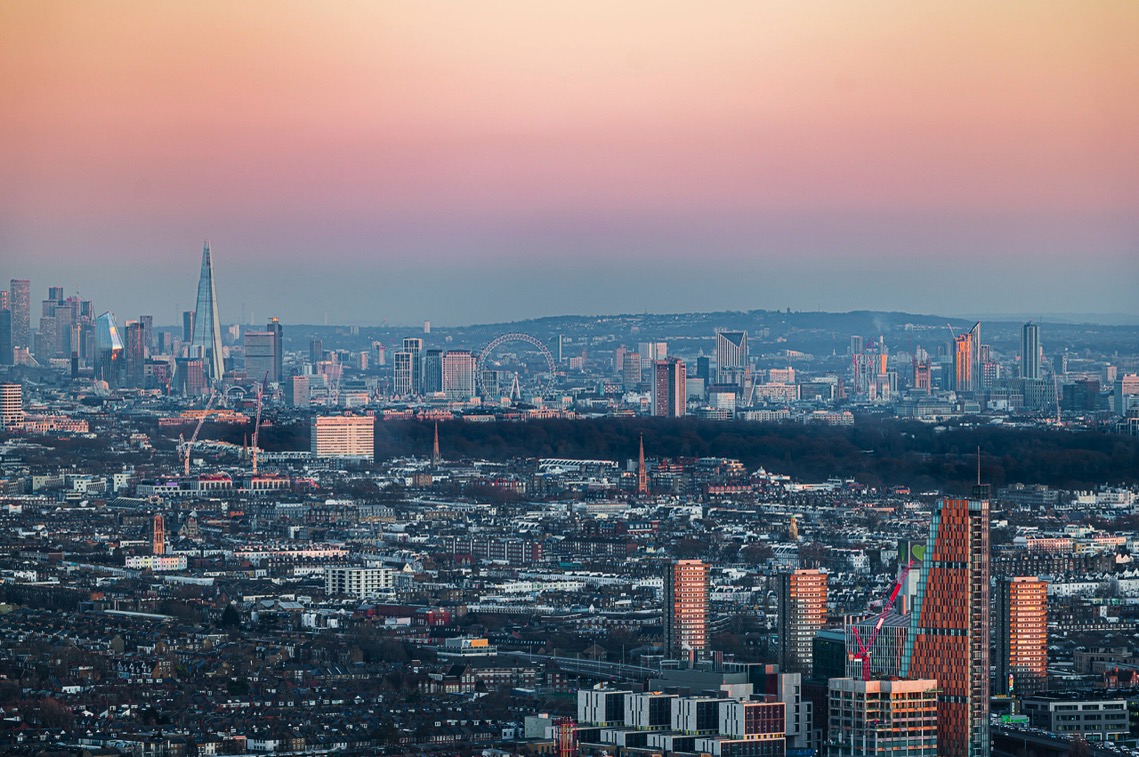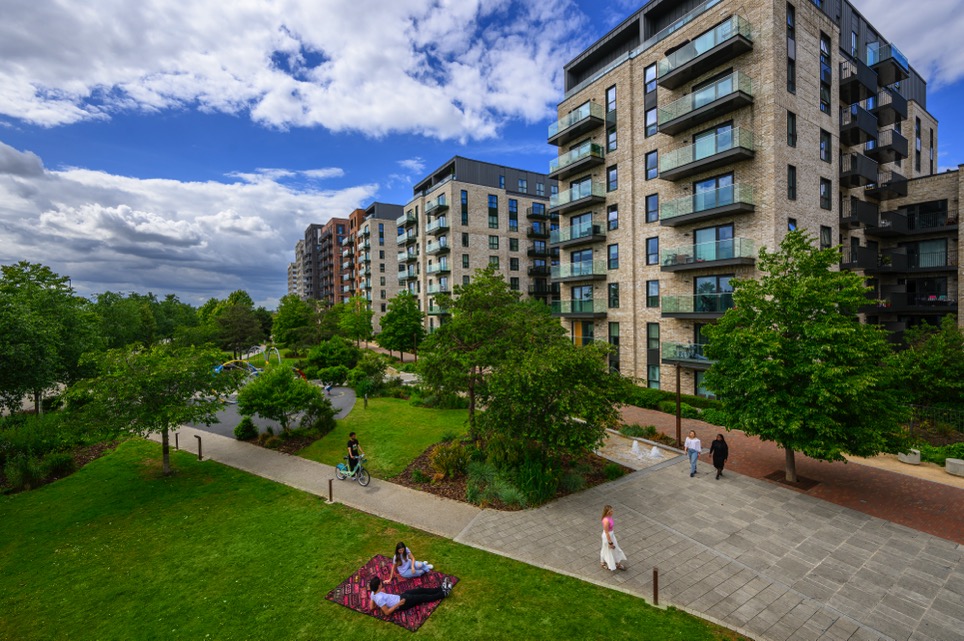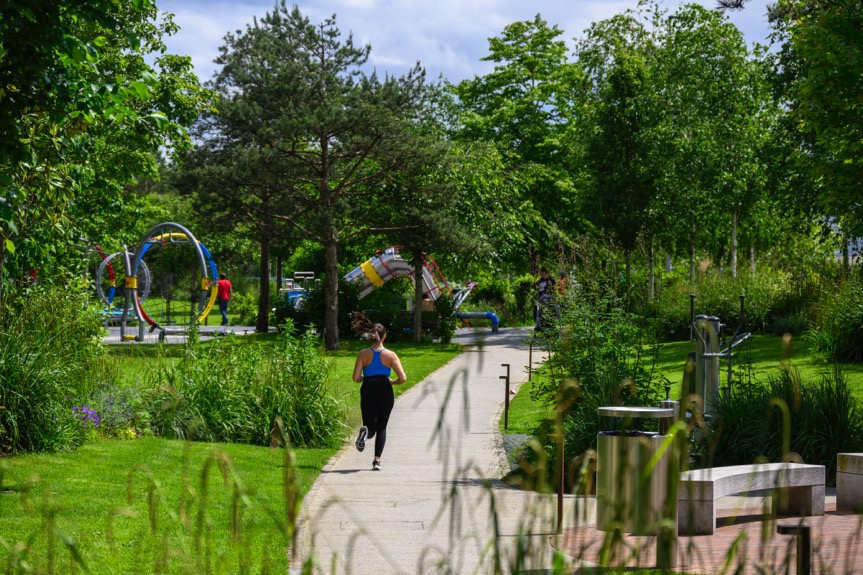Outer East London Is Becoming More Connected and Livable for Young Professionals
Outer East London has seen a quiet shift in the past few years. Once viewed as too far out, too disconnected, or only relevant to those priced out of central areas, it is now gaining real attention from renters and first-time buyers who want more from where they live.
This change is not just about affordability. It is about what the area offers in terms of convenience, space and how people want to live today. With better transport, more considered development and improving local infrastructure, Outer East London is turning into a place people actively choose, rather than settle for.
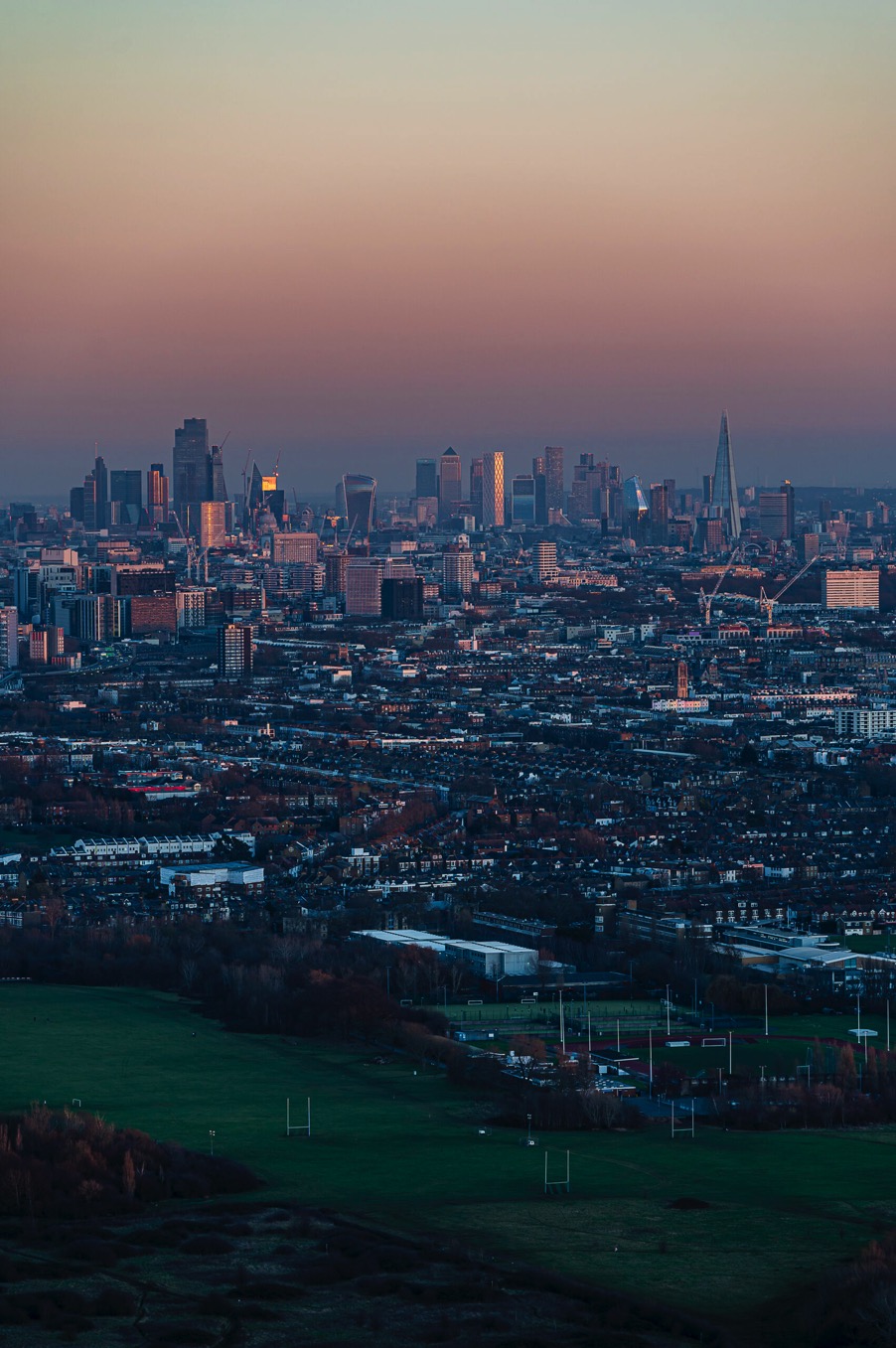
Better Transport Is Changing the Way People Live
It is no secret that transport shapes how people live in London. The arrival of the Elizabeth line has had a big impact on how connected the east of the city feels. From several stations in Outer East London, it is now possible to get to Canary Wharf, Liverpool Street, Paddington and even Heathrow Airport within an hour.
Add to that the improvement in Overground services and National Rail connections, and the difference becomes even clearer. Stations like Canning Town, West Ham and Barking Riverside now offer fast and regular services across the city.
For many young professionals working in central London, this means they can live further out without giving up time every day to long or unreliable commutes. In some cases, the journey is quicker than from certain Zone 2 locations.

The Area Is No Longer Just Residential
One of the biggest shifts has been how the neighbourhoods feel on a daily basis. Outer East London used to be seen as mainly residential, where people lived but spent most of their time elsewhere. That is no longer the case.
Councils like Newham, Redbridge and Barking and Dagenham have invested in local amenities and public spaces. You now see independent cafés, gym chains, coworking spaces and park improvements in places that previously had very little day-to-day life.
Some of this is driven by new housing developments that plan for more than just housing. There is more focus on walkability, local shops and services that are genuinely useful. People can now meet friends after work locally, go for a coffee on the weekend or run errands without needing to head into Zone 1.
For renters, this shift makes a big difference. For buyers, it gives confidence that the area is improving and not just expanding.
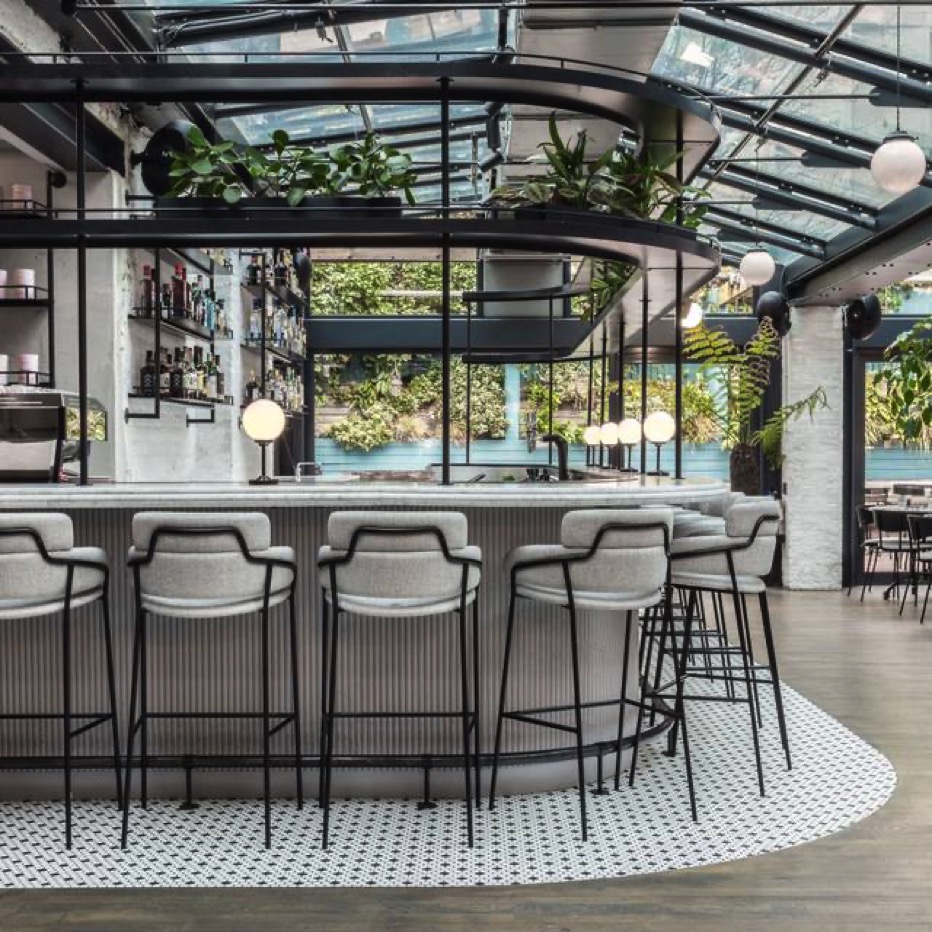
Homes Built for the Way People Actually Live
The newer developments in Outer East London tend to reflect how people live now. Layouts are generally more practical, kitchens are open-plan, lighting is better and outdoor space is often included. There is less waste and more thought given to storage, flow and energy use.
Icon Tower is a good example. It is not trying to imitate central London high-rises. Instead, it focuses on what most buyers and renters actually want: usable space, good travel links and easy access to everyday shops and services. The design is clean and practical, which makes it easy to live in and easy to rent.
This type of housing works well for young professionals who want to live alone or as a couple. It is also proving popular with landlords who want a property that does not come with high maintenance or long void periods.
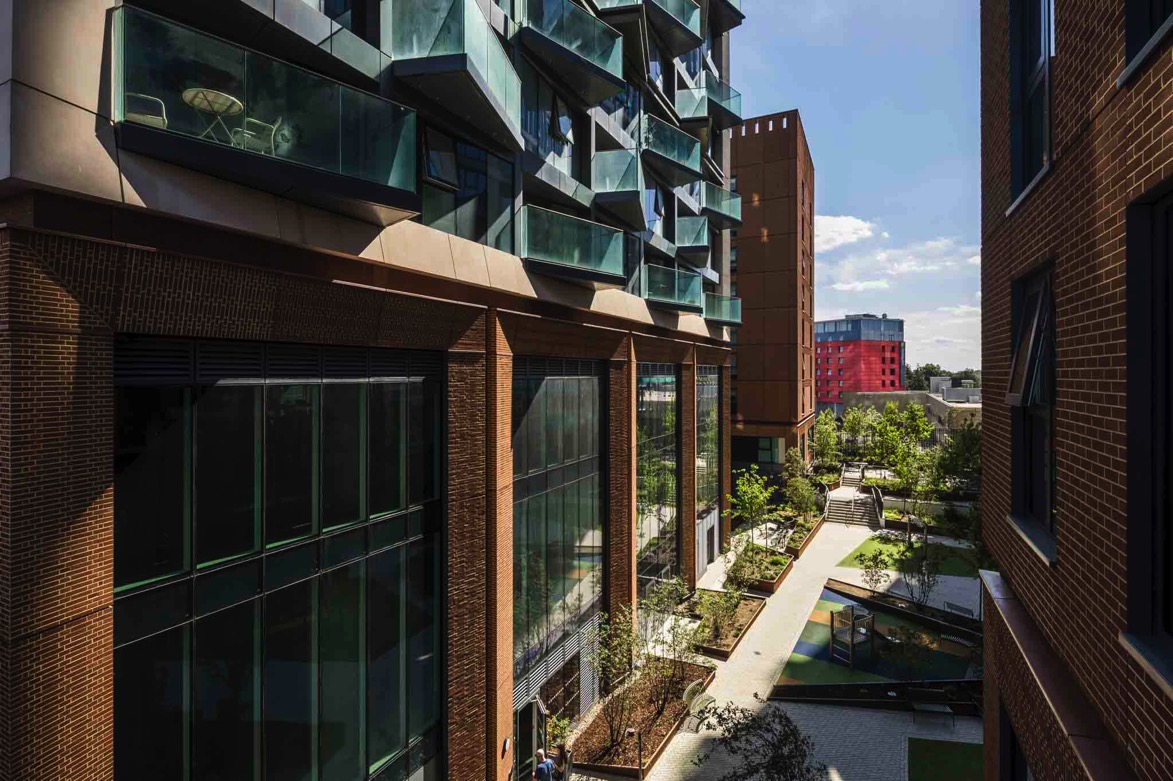
Buyers and Renters Are Thinking Differently
One of the clearest changes is in attitude. People are not just looking in Outer East London because prices are lower. They are choosing it because it works for the way they live now.
Renters want decent space, a short commute and access to what they need. Buyers want to get onto the property ladder without compromising on quality of life. When an area starts ticking all of these boxes, demand follows.
One-bedroom apartment in well-connected parts of East London are letting quickly. New developments are seeing interest from both local buyers and overseas investors who understand the long-term potential.
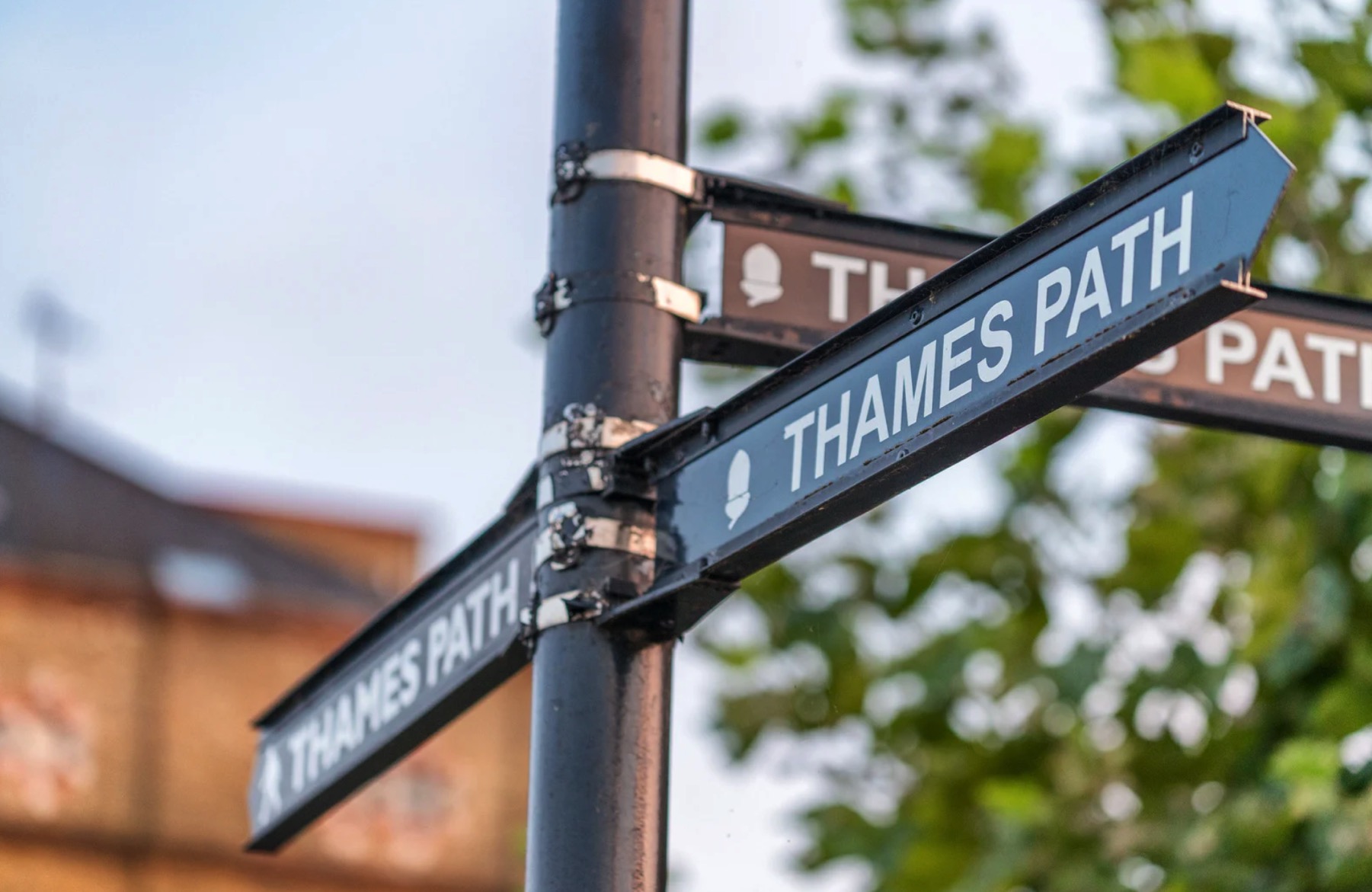
Looking Ahead
It is clear that Outer East London has moved past the point of just being somewhere to watch. It has already started to change, and more people are noticing. The infrastructure is in place, local services are catching up and new developments are designed with long-term needs in mind.
This is not a short-term trend. It is part of a wider shift in how people think about living in London. It is less about how central you are and more about how well the place fits with your daily life.
For young professionals and early-stage buyers, Outer East London now offers something that is getting harder to find elsewhere in the city: practical, connected and liveable homes that do not come with a postcode premium.
.svg)

